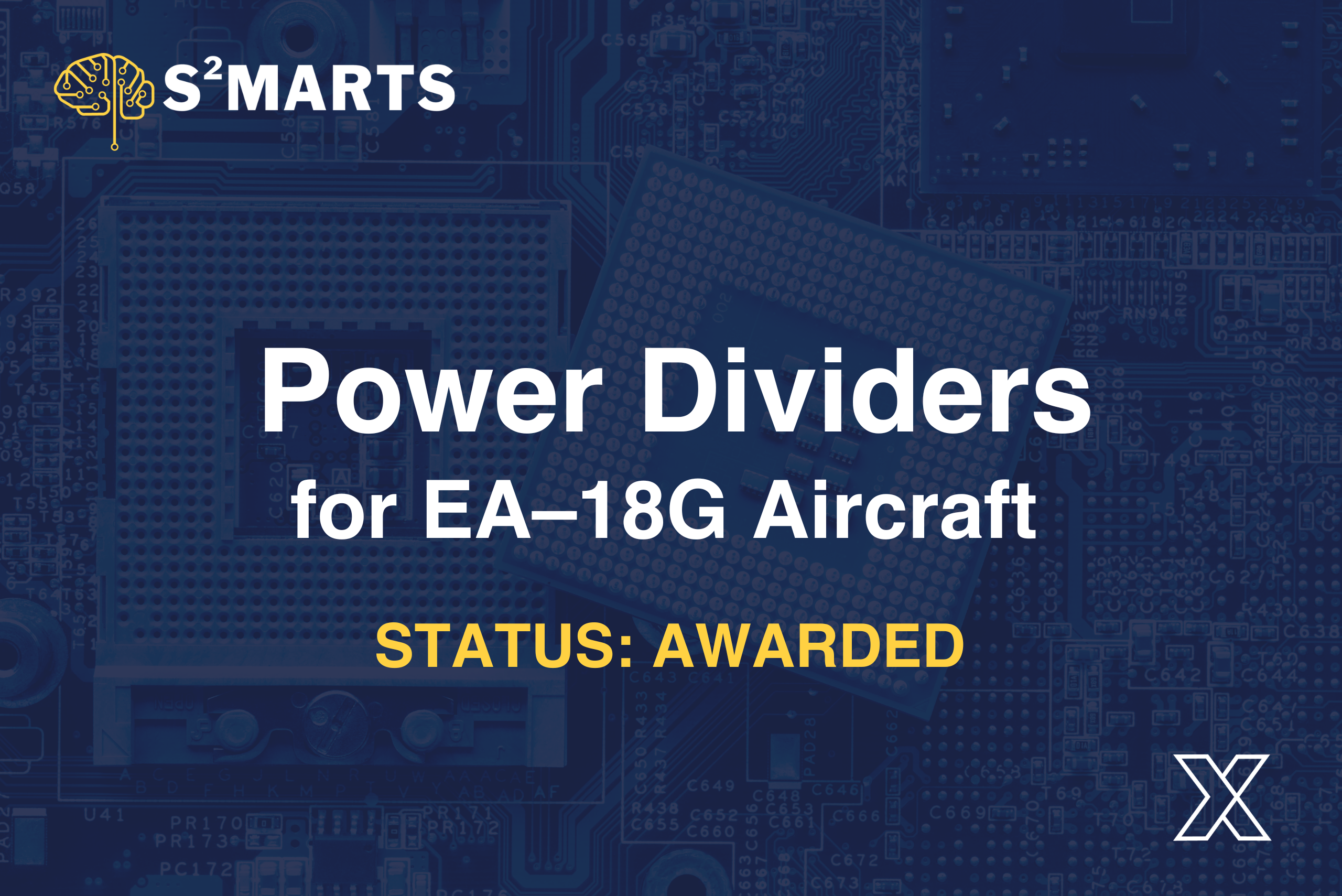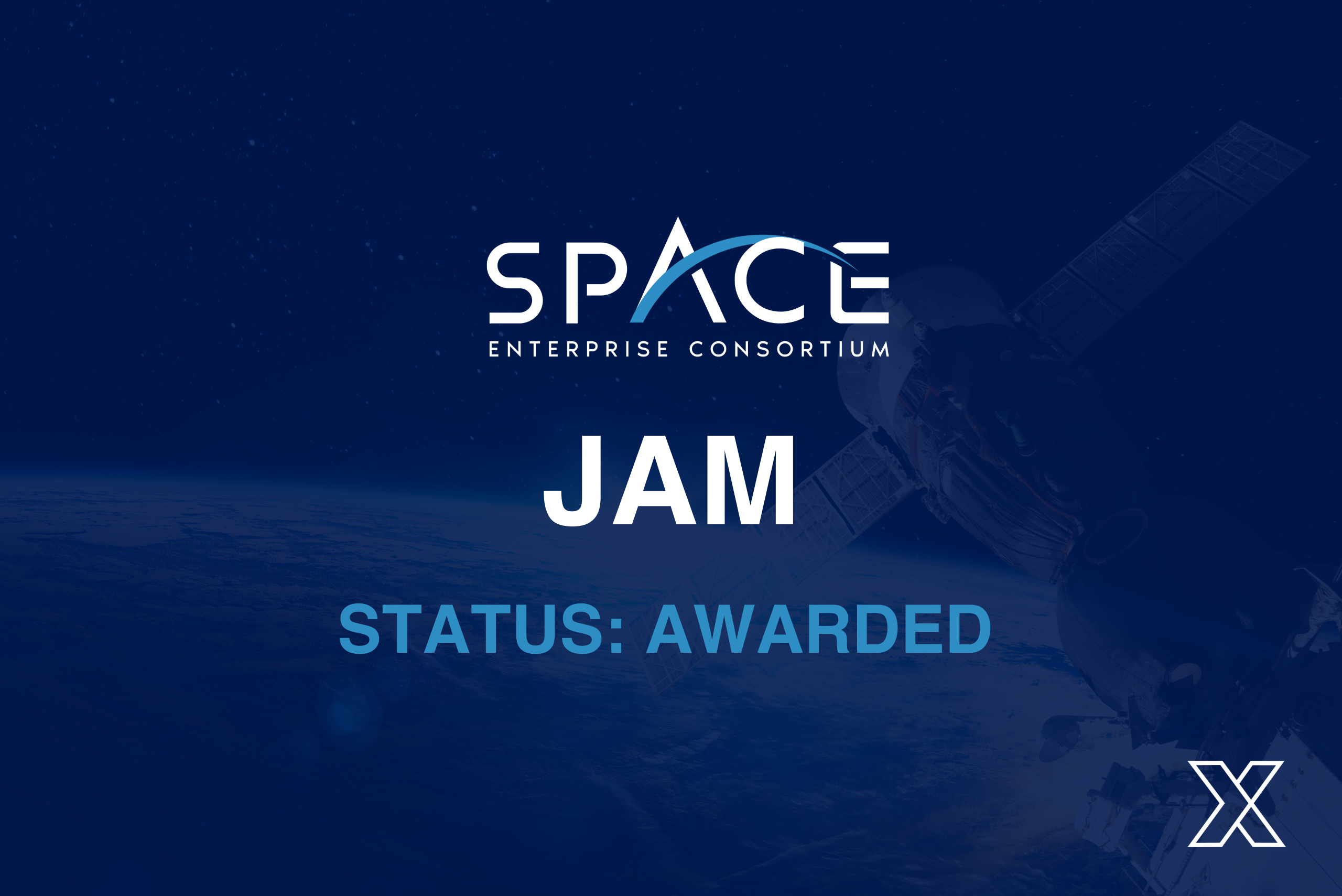Innovation in All Forms: The Roles of Traditional & Non-Traditional Contractors
March 20, 2023

As the Department of Defense (DoD) continues to rely on contractors to support its mission, it’s important to understand the difference between traditional and non-traditional contractors and how they both influence the way innovation makes its way toward production.
Traditional vs Non-Traditional Contractors
Before diving into the roles of a traditional and a non-traditional contractors, we must first define the differences between them. Traditional contractors (TDCs) are defined as contractors who must tailor their contracts to Cost Accounting Standards (CAS).
CAS-covered contracts are typically worth several billion dollars, meaning TDCs are well-known large defense contractors with long-standing relationships with the DoD and often have a deep understanding of the requirements and processes involved in working with the government.
On the other hand, non-traditional contractors (NTDCs) are defined as small businesses that are exempt from or do not meet CAS requirements. Their funding cannot go over $500 million and they are often relatively new to the defense market. NTDCs often bring fresh ideas, technologies, and capabilities to the table and can offer agility, specialized expertise, entrepreneurial spirit, and a focus on outcomes.
The key differences between TDCs and NTDCs are their size and level of experience in working with the DoD. TDCs have a proven track record of delivering on large, complex contracts, while non-traditional contractors may lack the same level of experience but bring their fresh perspectives and inventions to the table.
Advantages of OTAs for Non-Traditional Contractors
While both traditional and non-traditional contractors can execute on Federal Acquisition Regulation (FAR)-based contracts, they are better positioned to thrive when submitting on an OTA (Other Transactional Agreements) proposal.
OTAs allow the government to execute contracts outside of the standard FAR process, enabling rapid and agile acquisition options. While a contract made through a traditional contractor may take 2 years to complete, a non-traditional contract would take a matter of months.
- Access to the Expertise of Traditionals- Through OTAs, NTDCs gain access to the expertise of TDCs through teaming on projects. In this, NTDCs will gain access to the size and experience of traditional partners.
- Flexible Terms- OTA contracts are more flexible in comparison to traditional FAR-based contracts. This means that NTDCs, which are often small businesses or start-ups, can participate without needing the resources that are required to navigate a traditional contract.
- Low Barriers to Entry- OTAs reduce the barriers to entry for non-traditional organizations. The traditional contracting landscape can be daunting for smaller entities, but OTAs offer a more accessible avenue for participation, allowing innovative startups to compete on a level playing field with their larger counterparts.
Advantages of OTAs for Traditional Contractors
- Access to the Expertise of Non-Traditionals- Through OTAs, TDCs gain access to the expertise of NTDCs through teaming on projects. TDCs can leverage the skills and fresh perspectives of non-traditional partners to better execute new challenges in an ever-changing acquisition landscape.
- Streamlined Acquisition- The streamlined nature of OTAs eliminates obstacles that can sometimes slow the pace of traditional procurement. This reduction in red tape allows traditional organizations to engage in more efficient collaboration.
- Diversification of Revenue- Engaging in OTAs provides TDCs with an avenue to diversify their revenue streams. By participating in a diverse set of projects facilitated by OTAs, TDCs can reduce dependence on a limited number of contracts and markets.
- Risk Management- In addition, TDCs often face the challenge of managing risk in large-scale projects. OTAs provide a mechanism for risk mitigation by allowing for prototype development and experimentation.
Roles of Traditional vs Non-Traditional Contractors
Now that we have defined the differences between TDCs and NTCs and how OTAs can benefit both, let’s dive deeper into the advantages these contractors can bring to the table when submitting on an opportunity.
Traditional Contractor Roles
TDCs bring a wealth of industry experience, expertise, and a proven track record to OTA contracts. With well-established infrastructures and resources, they offer stability and reliability when submitting on an opportunity.
These contractors are skilled at navigating complex regulatory frameworks and ensuring compliance with government requirements. In addition, the scale of operations they provide is important for projects with extensive needs.
Non-traditional Contractor Roles
NTDCs, often comprised of startups and small businesses, bring innovation and agility to contracts. Specializing in cutting-edge technologies means they have fresh perspectives and a willingness to experiment with novel solutions.
Moreover, innovative NTDCs succeed in the rapid prototyping environment of OTA contracts, allowing for quicker development cycles and testing. Their openness to partnerships promotes collaboration among government agencies, traditional contractors, and other non-traditional contractors.
OTA contracts empower non-traditionals to break into the government contracting space and contribute their ideas, ultimately driving innovation in projects. For example, Sedaro, a small NTDC, was able to submit on an opportunity last minute and become a part of a large project called IDF. Sedaro specializes in cloud engineering software specifically targeting the space industry. Watch the video below for the full story.
Streamlining Progress with OTAs
One example of how quickly an OTA has streamlined an opportunity from coming soon notice to award date is the Co-Packaged Analog-Drive High-Bandwidth Optical Input/Output (KANAGAWA) contract. KANAGAWA was a contract in which the government was seeking to mature co-packaged optics (CPO), laser sources, and associated advanced packaging techniques for prototype demonstration and technology transition into the DoD advanced packaging ecosystem and the Defense Industrial Base (DIB).
This opportunity was released as a coming soon notice on June 14th, 2022, and was awarded on October 20th, 2022, which is less than 5 months from notice to award. The KANAGAWA Other Transaction Authority (OTA) prototype project is anticipated to be executed within a 40-month period following the award.
Another example of a contract making its way swiftly to be awarded is the Multi-Service Advanced Capability Hypersonics Test Bed (MACH-TB). This contract involved the government seeking proof of concept and prototype demonstration of modular Experimental Glide Body (EGB) testing hypersonic technologies/experimental payloads in operational trajectories using already available boosters.
MACH-TB was posted as a coming soon notice on May 9th, 2022, and was awarded in October of 2022, just under 6 months from notice to being awarded, and is anticipated to be released and executed in a 39-month period of performance.
About NSTXL
NSTXL is focused on building a network of innovators and creators across the most sought-after emerging technology fields. Within the platform, NSTXL supports the Strategic & Spectrum Missions Advanced Resilient Trusted Systems (S2MARTS), and the Space Enterprise Consortium (SpEC).
Accessing technology for research and development can be challenging for government agencies. However, OTA government acquisitions documents streamline this process so that your facility can gain quick access to the R&D resources it needs. S2MARTS Research is creating a more connected and streamlined Other Transaction Agreement (OTA) ecosystem, uniquely positioned to better establish the relationship between research and prototyping.
NSTXL‘s experts are committed to helping your government agency capitalize on trends in emerging technology. Join the mission today.





